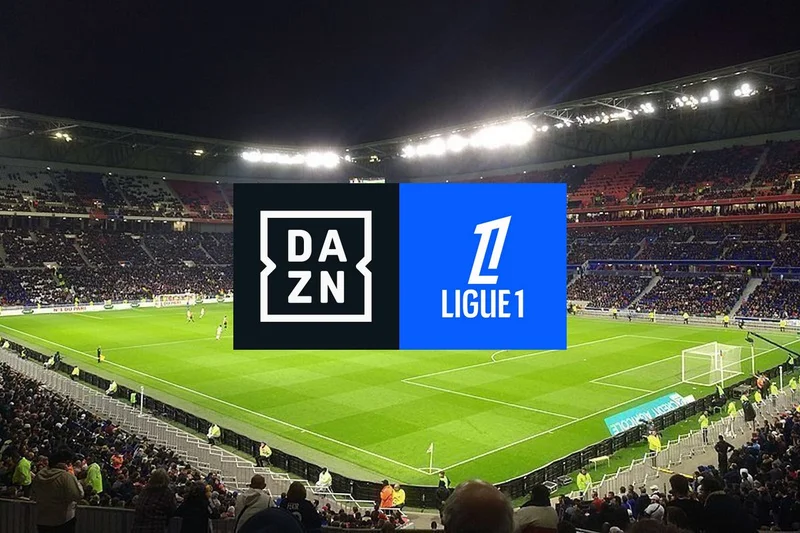Article Directory
We’ve all been there. Staring at a blank screen, a blank canvas, a complex equation that refuses to yield. It’s that moment of profound, creative solitude where the entire weight of a problem rests on your shoulders alone. For decades, we’ve been promised a digital assistant that would change this. What we got were glorified talking calculators—Siri, Alexa, the whole lot. They can tell you the weather or play a song, but they can’t help you think. They’re tools, not teammates.
But something is shifting. On the bleeding edges of computer science, in labs at MIT and Stanford, and in the quiet hum of server farms, a new idea is taking shape. It's a move away from the AI as an obedient servant and toward something far more profound: the AI as a cognitive co-pilot. An entity designed not to answer your questions, but to help you formulate better ones.
When I first read the early whitepapers on this theoretical framework, I honestly just leaned back in my chair and smiled. This is it. This is the kind of breakthrough that reminds me why I got into this field in the first place. We're not just talking about a smarter Siri. We’re talking about a genuine partner in the messy, beautiful, and deeply human process of creation.
The Architecture of a Digital Muse
So, what makes this new paradigm different? It comes down to a shift from reactive commands to what researchers are calling proactive, context-aware inference.
Let me try to break that down. In simpler terms, it means the AI isn’t just waiting for you to tell it what to do. It’s actively observing your entire creative process—the articles you’re reading, the half-finished sentences you delete, the musical chord progressions you’re experimenting with—and building a dynamic model of your intent. It’s the difference between a simple tool and a true collaborator.
Think of it this way: today’s AI is like a brilliant but utterly uninspired intern. You can tell it, “Find me all the research papers on quantum computing from 1995,” and it will do it perfectly. But it will never, ever come to you and say, “I noticed you’re struggling with this specific quantum algorithm. You know, there’s a forgotten paper from a different field—hydrodynamics, of all things—that uses a similar mathematical structure. Maybe that could help?”

That’s the leap. It’s a system that doesn’t just fetch data; it intuits connections. It anticipates roadblocks and suggests unforeseen pathways. It’s not a search engine; it’s a muse. How do you even begin to code for serendipity? For intuition? That’s the monumental challenge these teams are tackling, and the early results are nothing short of breathtaking.
From Tool to Teammate
Imagine a geneticist wrestling with a complex protein-folding problem. She’s been at it for weeks, running simulations that all lead to dead ends. She’s sitting in her lab late at night, the only light coming from the massive, curved monitor displaying a tangle of molecular bonds. Suddenly, a soft chime. In the corner of her screen, her cognitive co-pilot highlights a tiny, obscure passage in a decades-old botany journal, cross-referencing it with a recent paper on metallurgical stress patterns. A connection no single human brain, with its beautiful but limited capacity, could ever have been expected to make. The geneticist just stares, her eyes widening as a whole new avenue of inquiry blossoms in her mind.
This isn't just about speeding up research or writing code faster, it's about unlocking entirely new categories of thought, solving problems that are currently too complex for a single human mind to hold all at once—it's a fundamental expansion of what it means to be a creative, thinking person.
This is a leap on par with the invention of the printing press. Gutenberg’s machine didn’t just make it easier to copy the Bible; it fundamentally rewired the nervous system of society. It allowed ideas to cross-pollinate at an unprecedented speed, fueling the Renaissance, the Reformation, and the Scientific Revolution. This symbiotic AI is a printing press for the individual mind. What new Renaissances could we unlock when every scientist, every artist, every entrepreneur has a dedicated partner to amplify their curiosity and challenge their assumptions?
Of course, with this incredible power comes a profound responsibility. How do we define authorship when an idea is born from a human-AI dialogue? How do we ensure these systems augment our own creative spirit rather than atrophy it? These aren’t just technical questions; they’re deeply philosophical ones we must begin asking now, embedding our values into the very code we write.
The Dawn of We
Forget the tired, old narrative of man versus machine. That was a 20th-century story, born from a fear of automation. The future isn't about competition; it's about synthesis. We are on the verge of creating the most powerful creative partnership in the history of our species. The next great novel, the cure for Alzheimer’s, the elegant equation that finally unites relativity and quantum mechanics—it may not come from a lone genius, but from a new kind of collaborative unit: a "we" composed of one human and one AI, thinking together. The age of the solo creator is ending. The age of the cognitive duet is about to begin.



